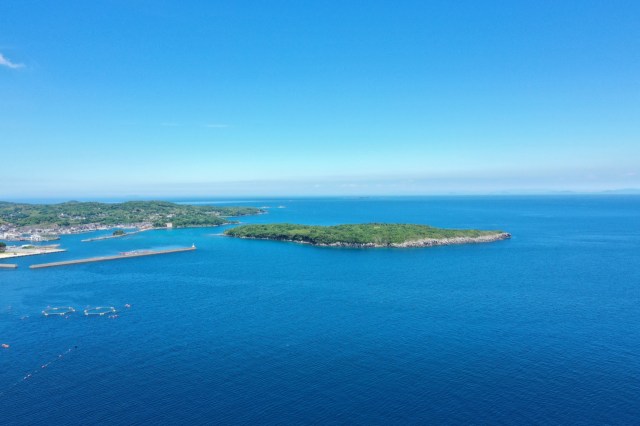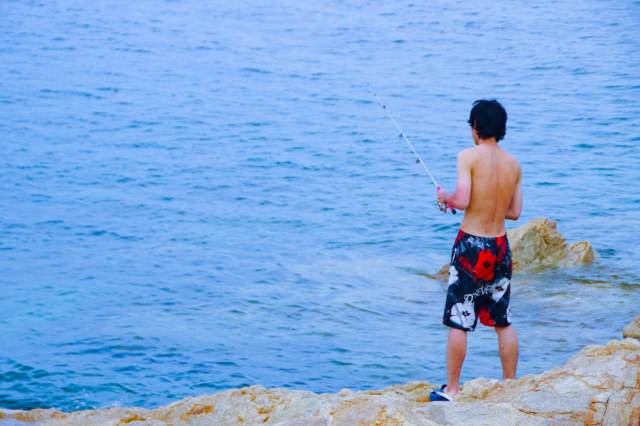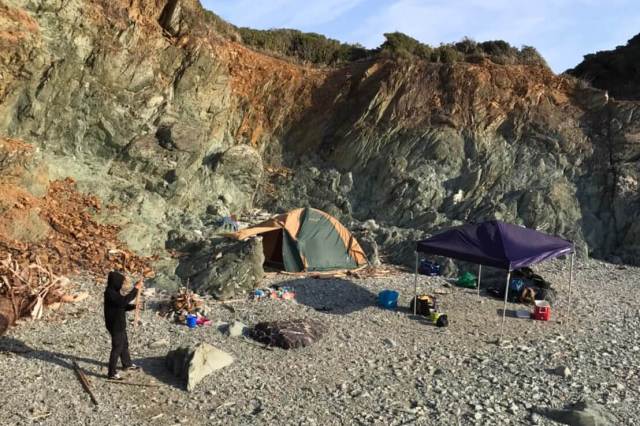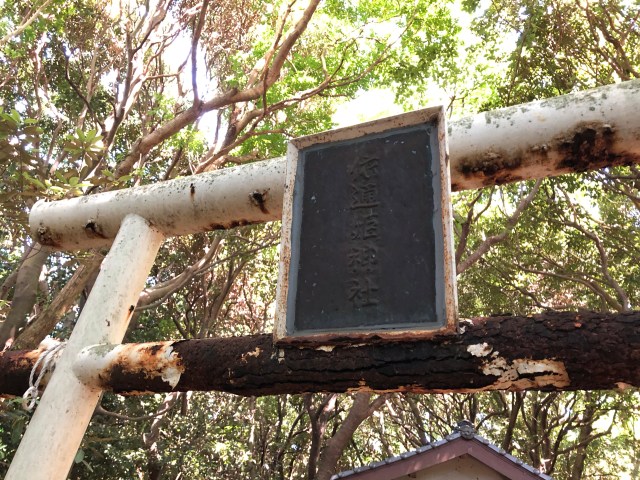Reserve your own spot on an uninhabited Japanese island for an unforgettable camping experience

This isn’t just camping. This is advanced, survival-mode camping.
Feeling ground down by the pressures of everyday life? Wish you could get away from it all but in a socially distanced and responsible manner? Love fishing? The island city of Iki in Nagasaki prefecture has an unusual and appropriate holiday destination to recommend to you, and its name is Tsumagashima Island.
There are many uninhabited islands that dot the coasts of Japan, and Tsumagashima, in particular, lies off the coast of Nagasaki. While humans did live on the island at one point, it was declared uninhabited in 2002, and since then has lain in relative obscurity—although people who fish treat the island as an especially lucky spot. You can access the island with relative ease from Nagasaki’s Indoji seaport, but it’s far removed from civilization and the chance of bumping into strangers is practically zero.

You can take a jetfoil from Hakata Port to arrive at Iki Island, which takes around 65 minutes, or take a 30-minute airplane ride from Nagasaki Airport. From Iki’s own port it only takes a further five minutes to land on Tsumagashima. Prospective campers need not worry about the safety of the island—the campsite areas are being tended to and monitored by capable staff, who are currently undergoing a survival adventure of their own. One staff member, Shota Gima from Okinawa, asked to be involved in the process and is documenting his experience from May 13 to June 11 on the project’s official Twitter account.
▼ Shota gathers his own breakfast in this cute video.
無人島生活2日目 晴れ
— 妻ヶ島・無人島【公式】 (@tsumagashima) May 14, 2021
今日はモーニングにクワの実を食べれてhappyな1日で始まりましたpic.twitter.com/T5Qb33rcFY
Camping on the island allows guests to try out a unique camping experience where they stake out their own lodgings, forage for food, catch fish, and cook their own meals using bamboo and camping tools. And speaking of camping tools, only the barest minimum is included in the camping plan. Vacationers can also expect a beach reserved for their own use, a jungle expanse to venture through, and a stimulating environment without electricity or running water.
▼ You’ll be expected to catch your own food to eat.

A two-day, one-night stay will cost 19,800 yen (US$182) while a three-day, two-night stay will cost 29,800 yen (US$273.95) per adult. Elementary school students are expected to pay half of that price, while children younger than that can attend for free. Your party must consist of four people or more.
The stated price covers the fee for the charter boat that will take you to the island, as well as bus fare to reach the boat in the first place; a fishing set; one sleeping bag per person; a five-person tent (or more depending on party size); a lantern; a cooler; a set of pots and pans; a camping stove; a tank of treated water; a portable toilet, and a survival advice booklet. Guests are expected to bring their own rations and drinks if they need them, and they may also rent additional equipment for an added fee.

Don’t worry if you aren’t a hardened camper, as the island will also offer camping experiences for beginners where a qualified instructor will assist you on your survival experience. They will also host camp projects, including one designed for children.
▼ Explore the remnants of places where settlers once visited.

This is one of the most unique and exciting ventures you can tackle, so don’t miss your chance if you’re a hardcore camper! For those who aren’t, there are still lots of opportunities across Japan to get some private time in a vacation setting: this personal-use mountain, for instance, or one of the rental islands off the coast of Tokyo.
Related: Uninhabited Survival Camp in Tsumashima Official Site
Source, images: PR Times
● Want to hear about SoraNews24’s latest articles as soon as they’re published? Follow us on Facebook and Twitter!
Credit:


0 comments:
Post a Comment